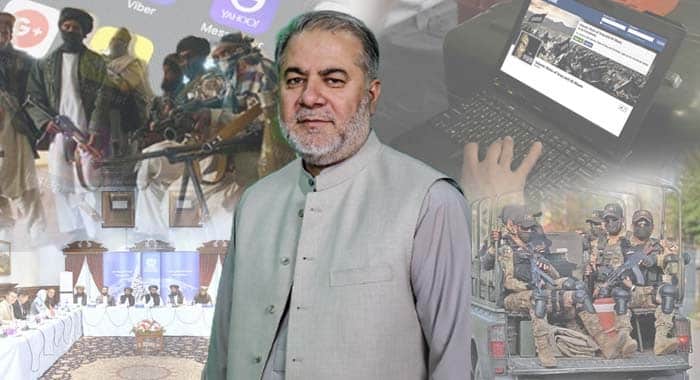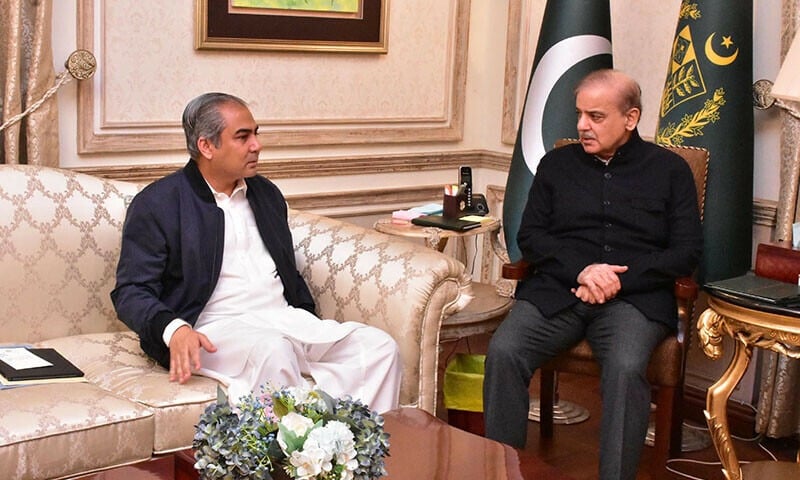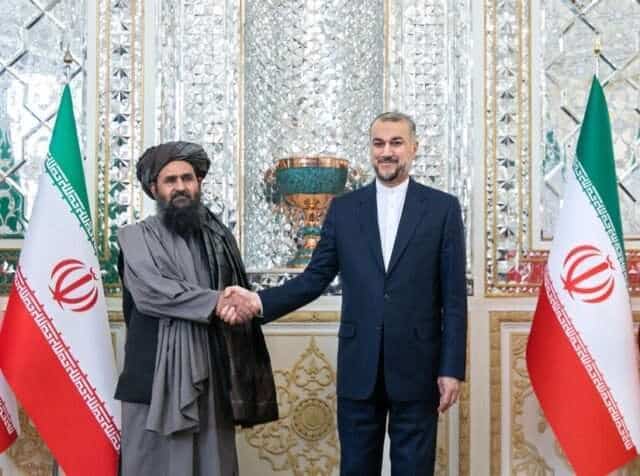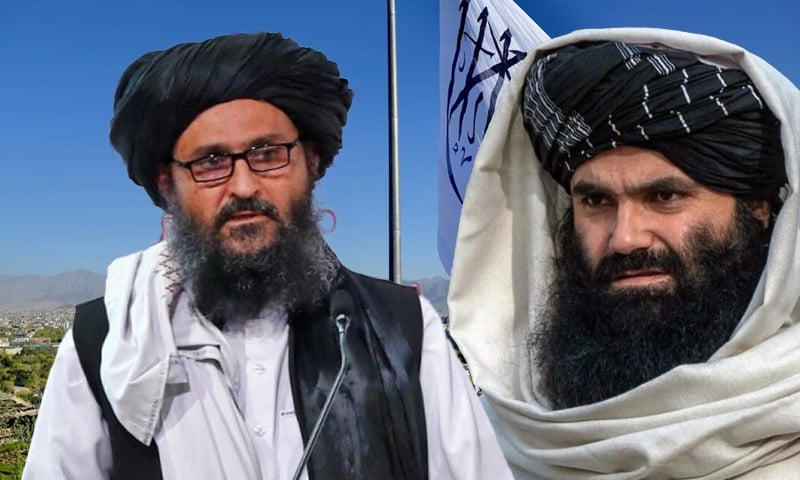In the age of digital warfare, when the battleground extends far beyond physical spaces into the realm of social media and artificial intelligence, the Pakistan-Taliban conflict has entered a new phase. We have seen, recently, the alarming trend of the Tehreek-e-Taliban Pakistan (TTP) using AI-generated content, fake news, and manipulated narratives to mislead the public, particularly the Pashtun masses. This digital propaganda strategy aims to win hearts and minds, casting the TTP’s violent campaign as a legitimate political struggle against the state, while masking its true nature as an insurgent group with a history of religious extremism.
The TTP’s evolution from a guerrilla group armed with weapons to a highly sophisticated organisation utilising AI technology marks a significant shift. No longer restricted to the traditional tactics of violence, threats, and media suppression, the TTP now aims to manipulate information at a scale never before seen. As I pointed out earlier, the TTP has increasingly relied on well-educated, tech-savvy individuals within its ranks, many of whom are university graduates, to create compelling fake content, produce voiceovers, and generate propaganda.
For journalists, this has resulted in a tricky dilemma. While Pakistan’s official narrative often struggles to get its message across; sometimes due to lack of access to officials or responses from the military, TTP militants are readily available to provide their version of events, making it easier for their message to reach the masses. In an environment where information is both scarce and biased, the TTP capitalises on its ability to shape the discourse. These tactics could potentially create confusion among the public and further polarise the situation.
In a notable change, the TTP has shifted its language to better suit its agenda. Once labeling its opponents as infidels, the group now refers to them as spies, a term more in line with its efforts to position itself as a political and nationalist movement rather than one solely motivated by religious extremism. This subtle shift not only helps distance the group from its past but also makes it more palatable to a wider audience. The TTP’s origins are deeply rooted in local society, and despite its violent methods, it still benefits from support, or at least passivity, among certain communities, especially in areas like Bajaur and Swat.
However, as the group’s tactics evolve, so does the society it targets. Many in these regions do not support the TTP but are instead caught in a cycle of fear. The constant threat of violence; often from both the militants and security forces, has left local populations trapped between two hostile forces, unable to express dissent or escape the pervasive instability. These communities, while not ideologically aligned with the TTP, face mounting pressure to either comply or remain silent, a tragic testament to the power of fear in shaping the local narrative.
Also Read: Logar Land Seized by Taliban as ‘State Property,’ Local Complaints Go Unheard
Social media is both a boon and a bane in this information war. While it offers a platform for independent voices and new forms of civic engagement, it also provides an unregulated space for disinformation to flourish. Senior journalists and the public alike are often misled by fake videos and news stories circulated on social media without proper verification. The spread of misinformation, exemplified by the recent viral false statements about Pakistani politicians, shows the dangerous ease with which narratives can be manipulated.
For the younger generation, whose lives are increasingly dictated by what they see on their mobile screens, social media is the primary source of information. Unfortunately, without the critical skills to discern truth from fiction, many fall prey to the flood of fake news that distorts their understanding of the conflict. While social media is a valuable tool for communication, it is also a weapon of mass manipulation in the hands of those with malicious intent.
The Pakistani state has struggled to effectively counter this digital warfare. While the military has made strides in using social media and alternative platforms to disseminate its narrative, the civil administration lags behind. The real challenge lies in addressing the root causes of instability; poor governance, ineffective civil institutions, and a lack of accountability among elected officials.
In this context, military operations alone cannot solve the problem. Comparing the military approach to surgery, the last resort when all other avenues have been exhausted. Yet in Pakistan, military interventions are often the first step, ignoring the long-term impact they have on local populations. The solution, he argues, lies not in more repression but in reforming civil administration, ensuring merit-based appointments, and fostering a relationship of trust between the state and its people.
Looking beyond Pakistan’s borders, the recently concluded trilateral talks between China, Pakistan, and Afghanistan bring another dimension to the conversation. Both Pakistan and China see Afghanistan’s inclusion in the China-Pakistan Economic Corridor (CPEC) as a pathway to regional prosperity. However, as China’s foreign minister pointed out, this cannot happen unless Afghanistan addresses its security concerns, notably by dismantling the militant groups operating within its borders. Without peace, investment cannot flow, and the dream of integrating Afghanistan into the larger regional economic framework will remain a distant hope.
The Taliban’s persistence in harboring groups like the TTP and Baloch Liberation Army (BLA) on Afghan soil complicates this vision. For Afghanistan to reap the benefits of trade and infrastructure development, it must first address these security challenges. Until that happens, the CPEC dream will remain unfulfilled.
The situation in Pakistan and Afghanistan requires a multifaceted response. The use of digital propaganda by groups like the TTP is a significant threat that cannot be ignored. While military operations may offer temporary relief, long-term stability will require a concerted effort to strengthen civil institutions, address governance failures, and ensure accountability at every level. Social media, if harnessed effectively, can become a tool for truth, not just manipulation. Only through a comprehensive approach that addresses both the digital and physical realities of the conflict can Pakistan and Afghanistan hope to achieve lasting peace and stability.
Afghanistan’s future hinges on peace, not just within its borders but across the entire region. Without resolving security issues, regional cooperation, economic development, and lasting peace will remain out of reach for all parties involved. The realisation of this is critical for any progress in the region.





